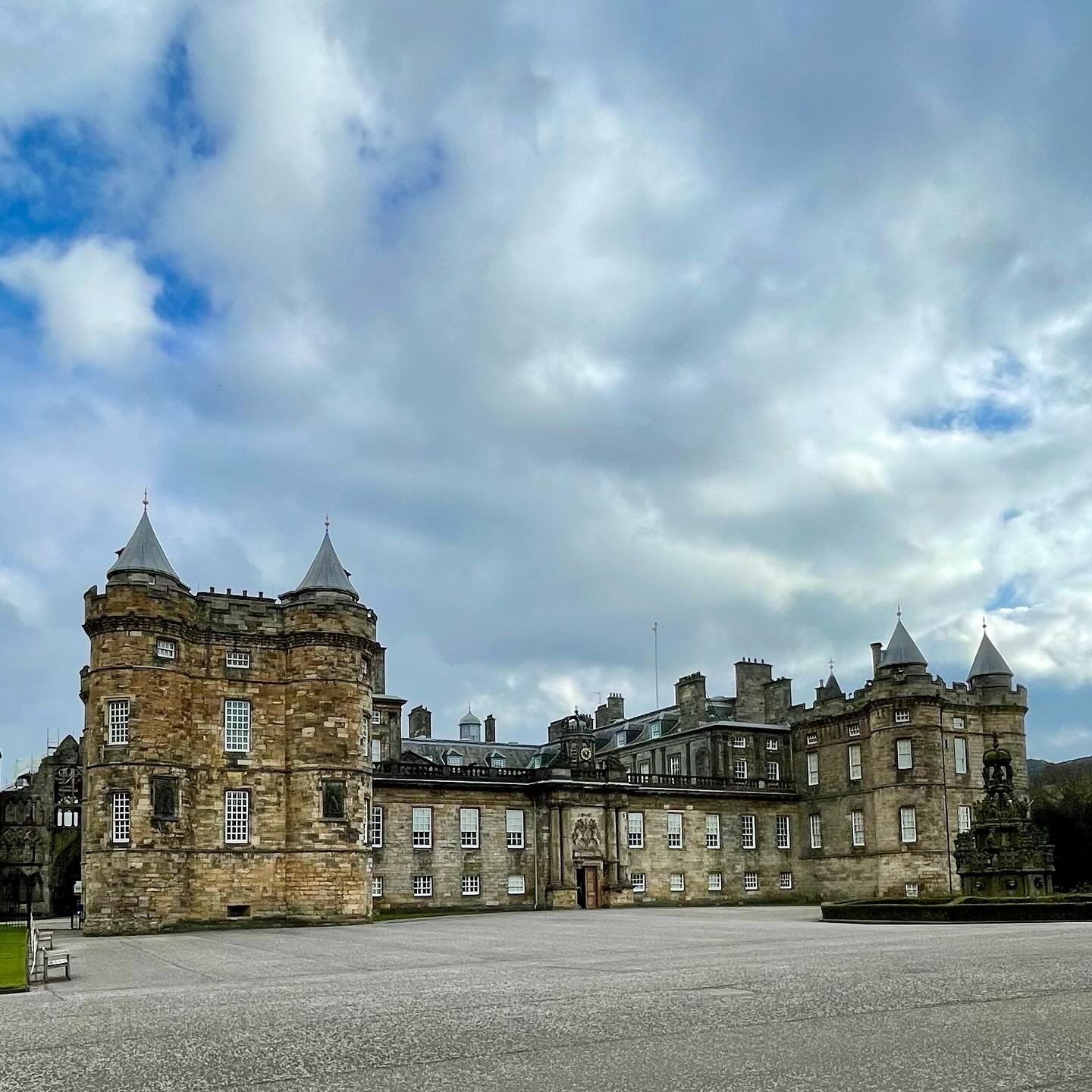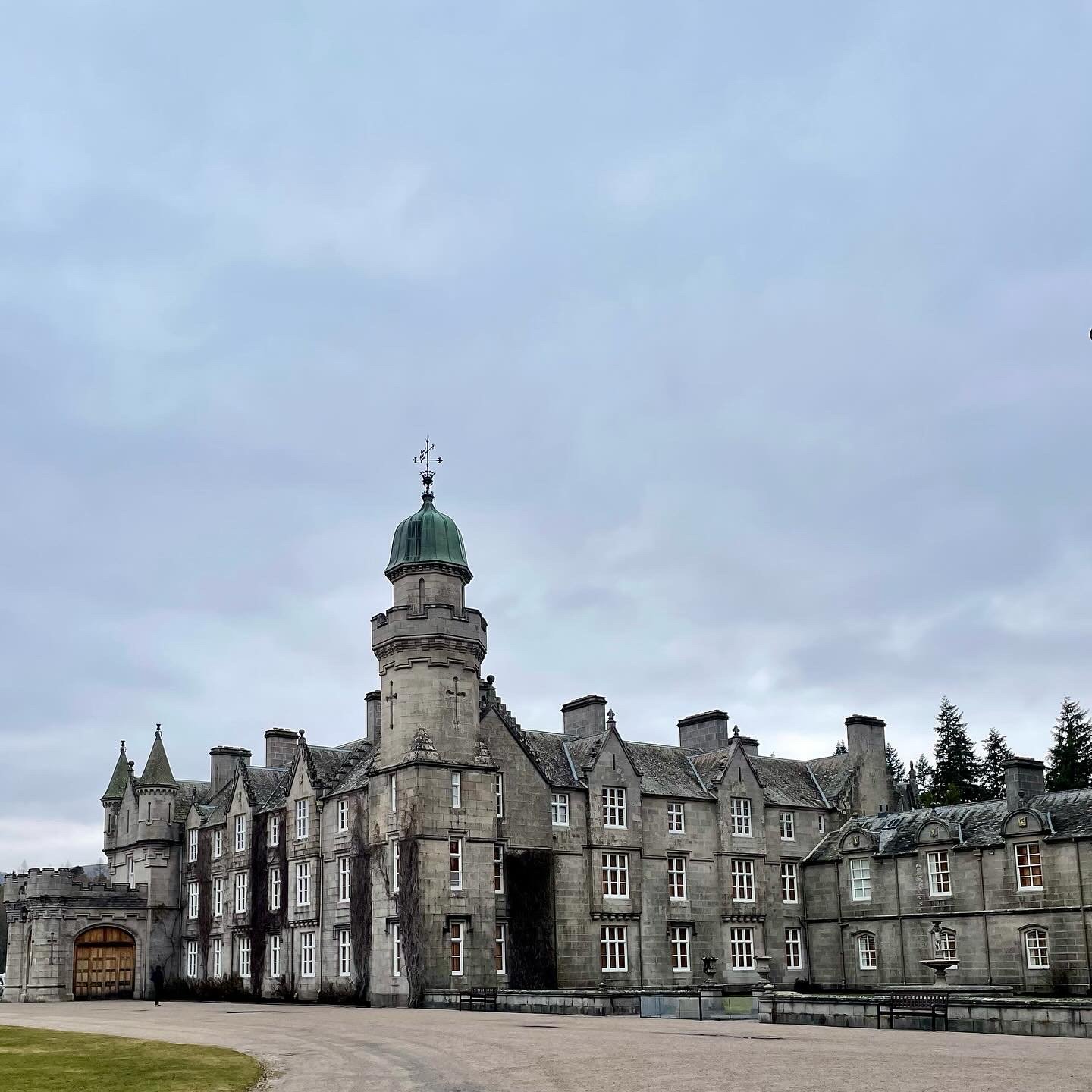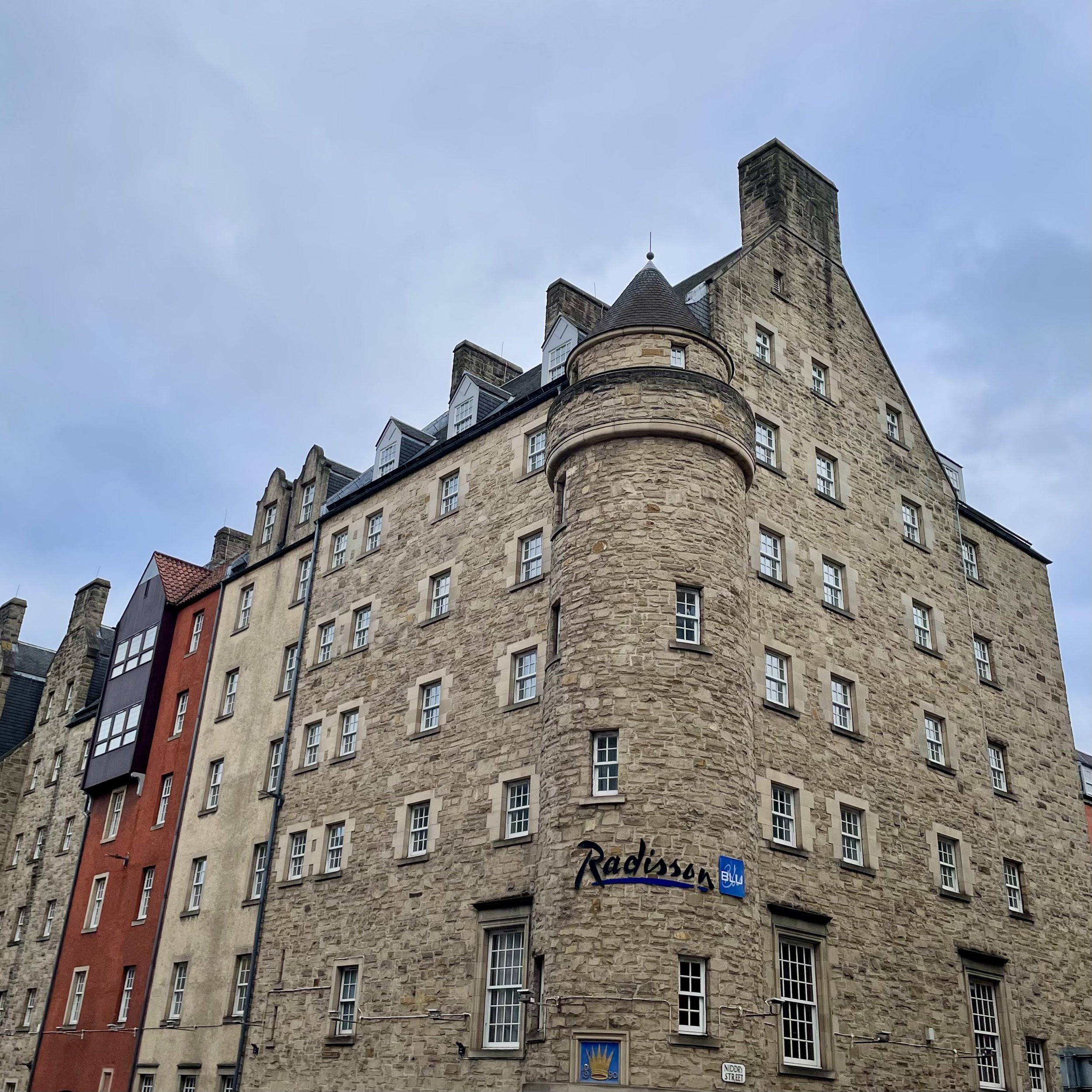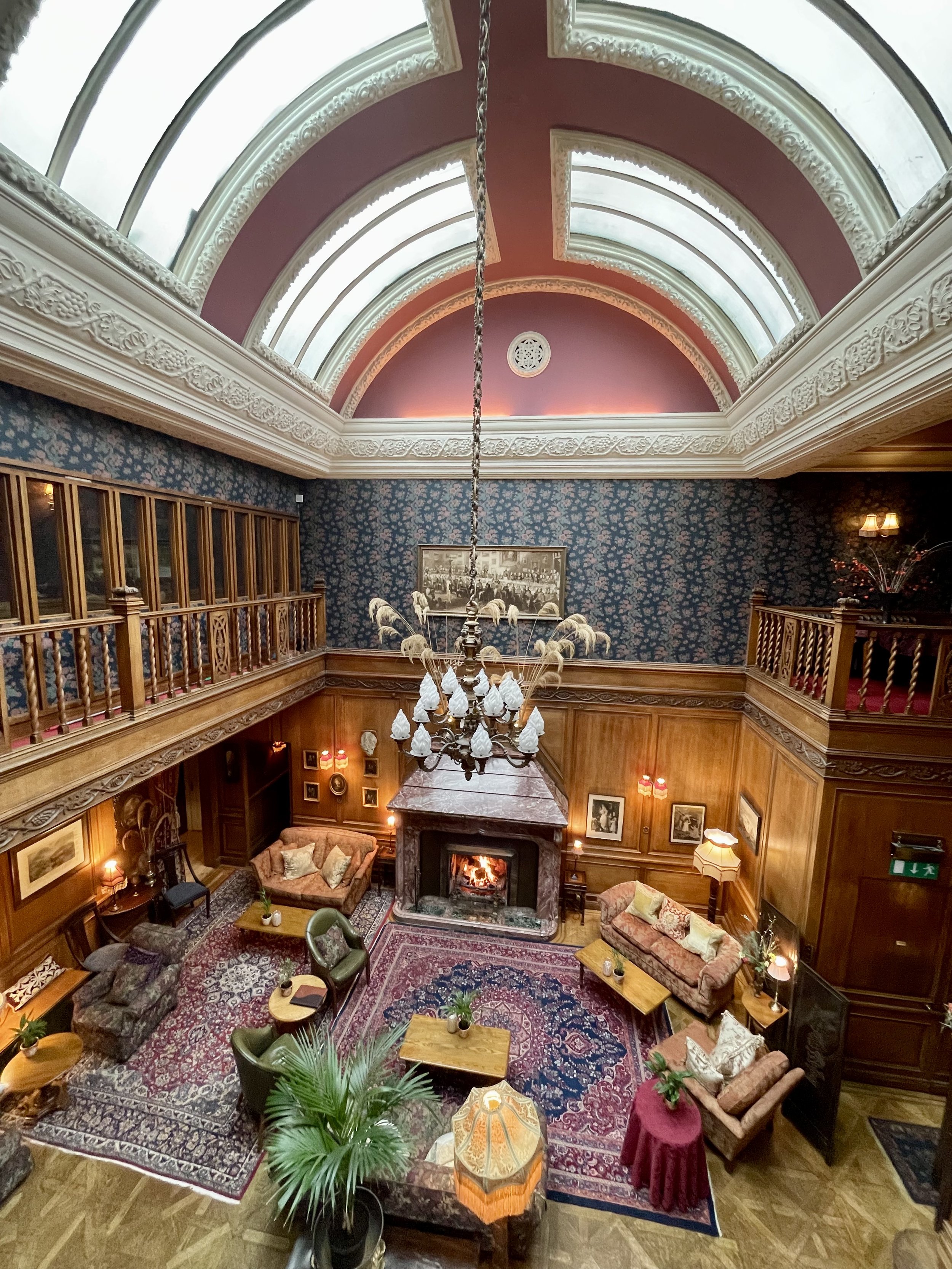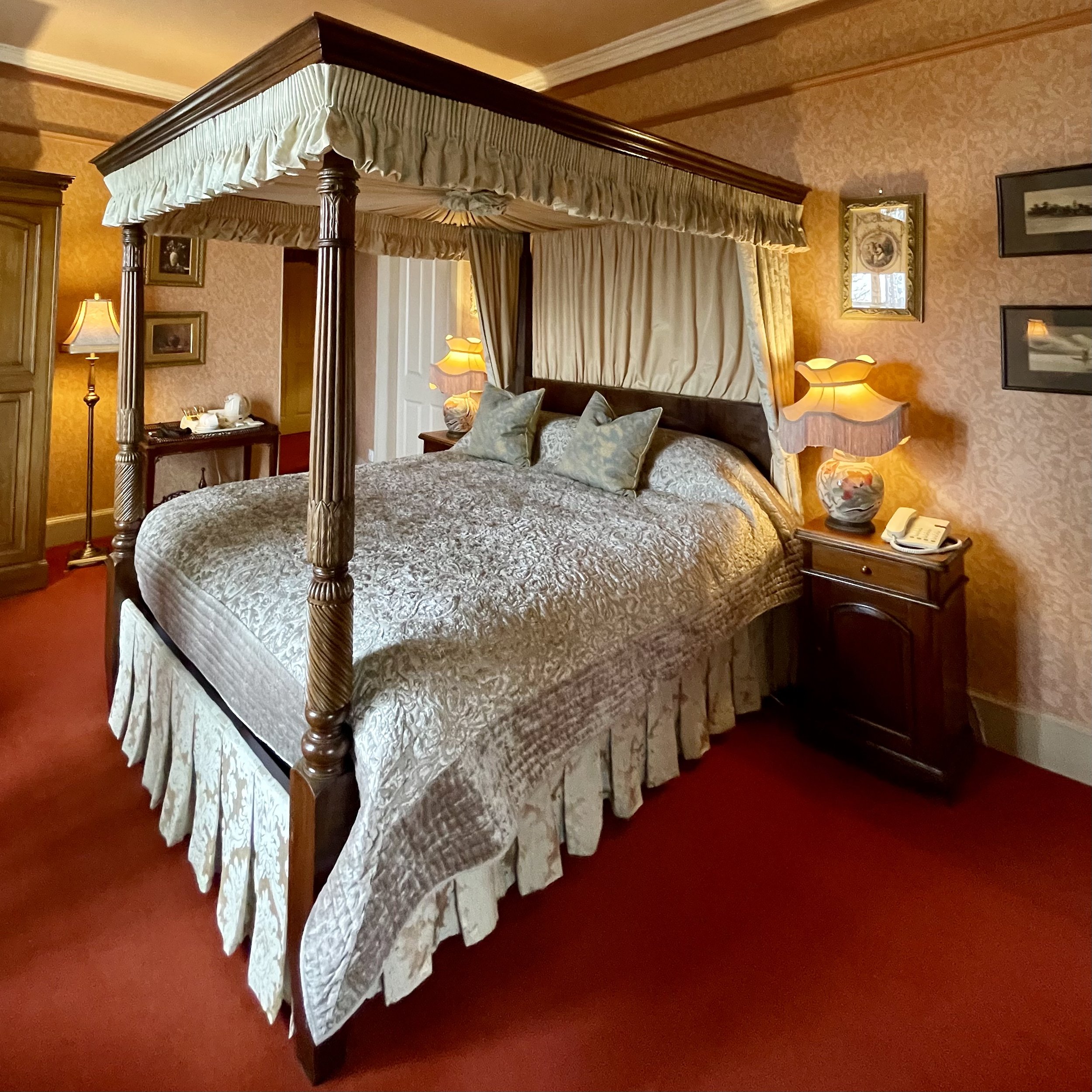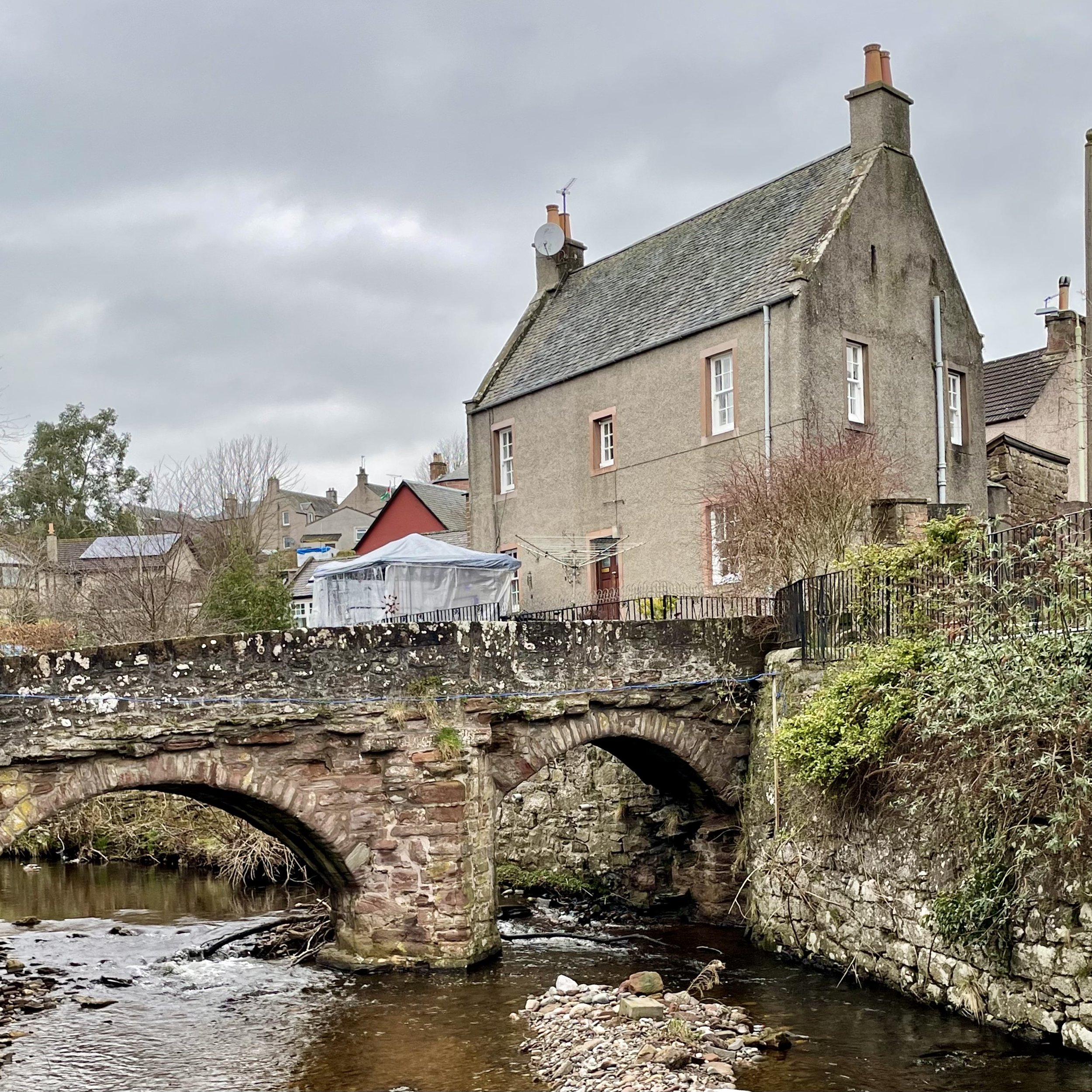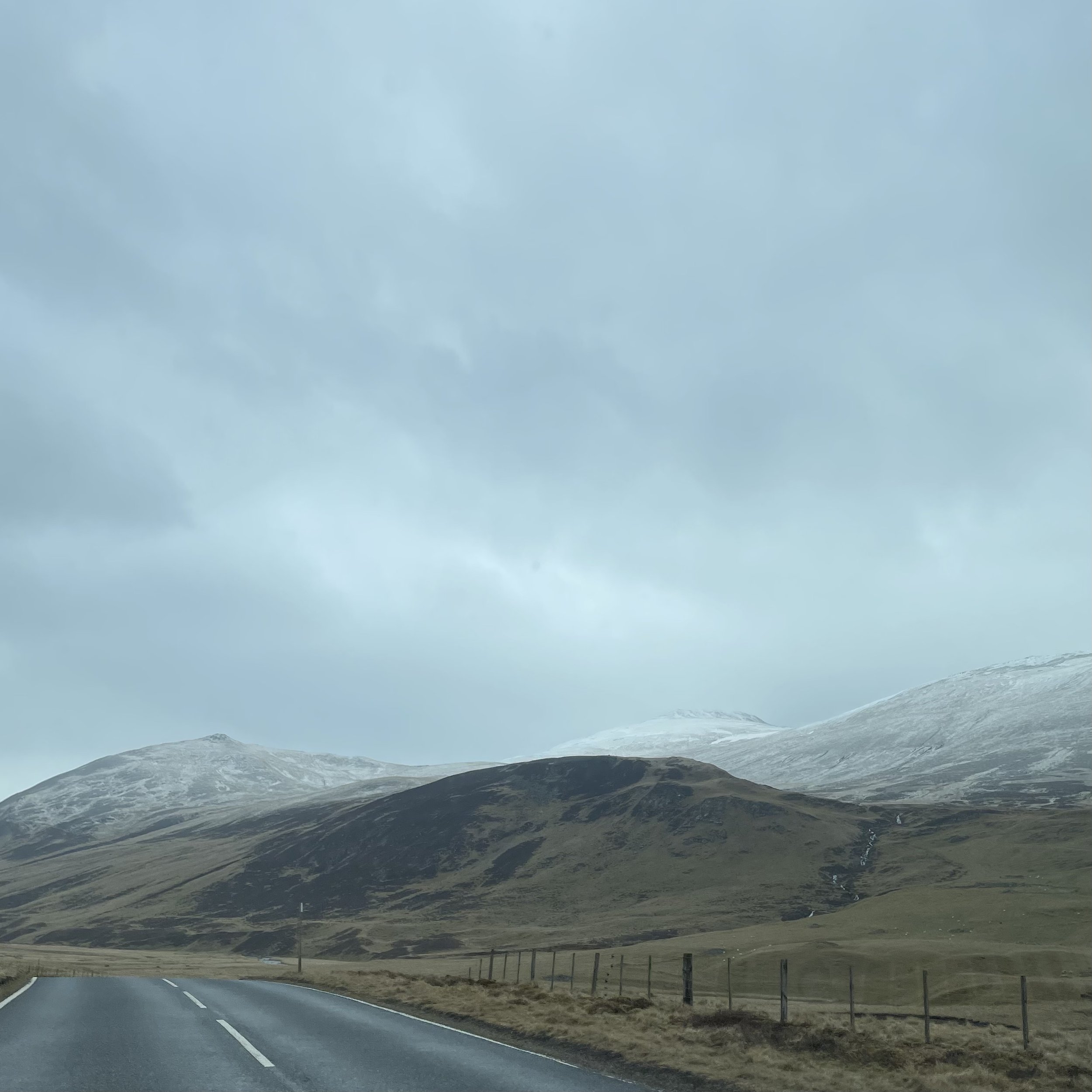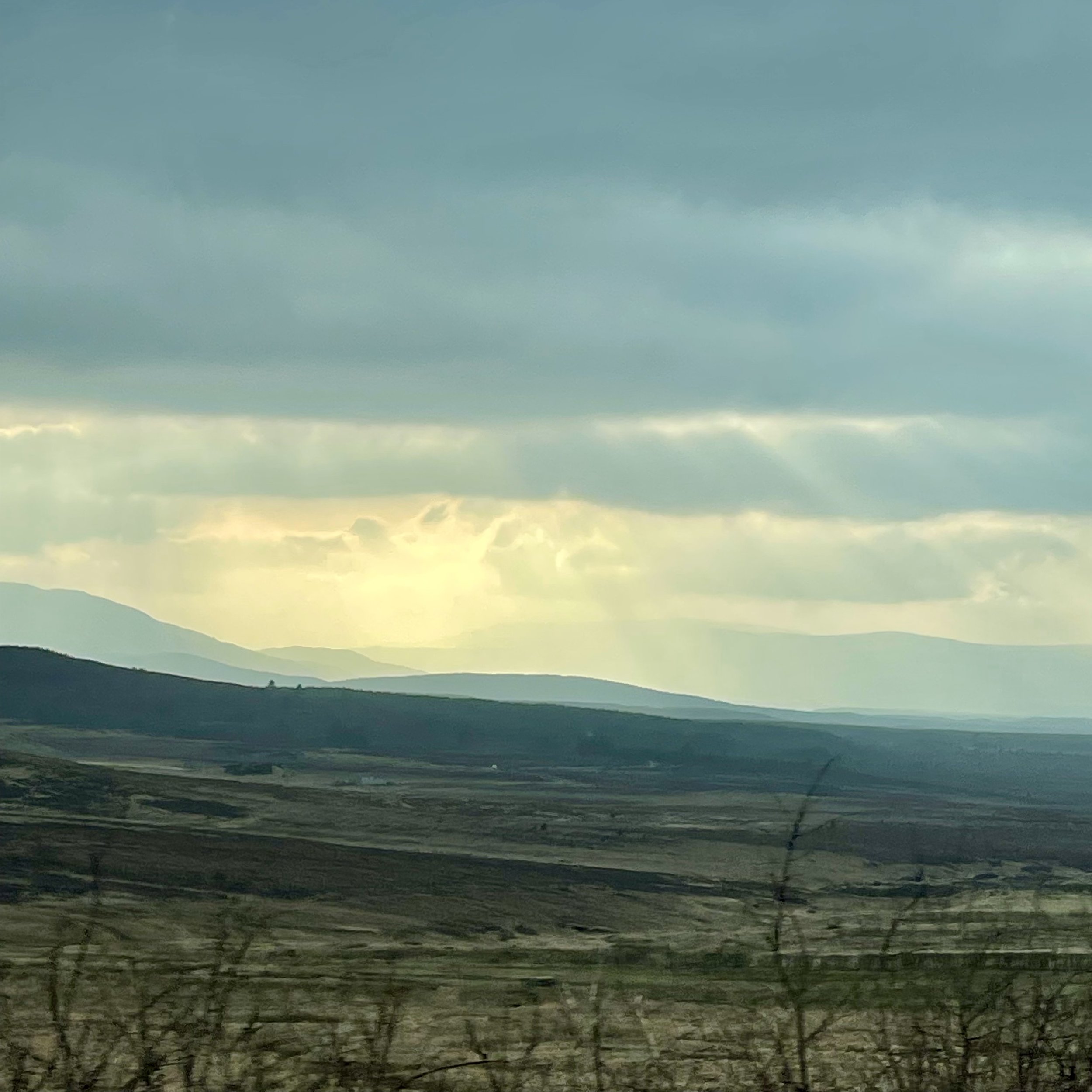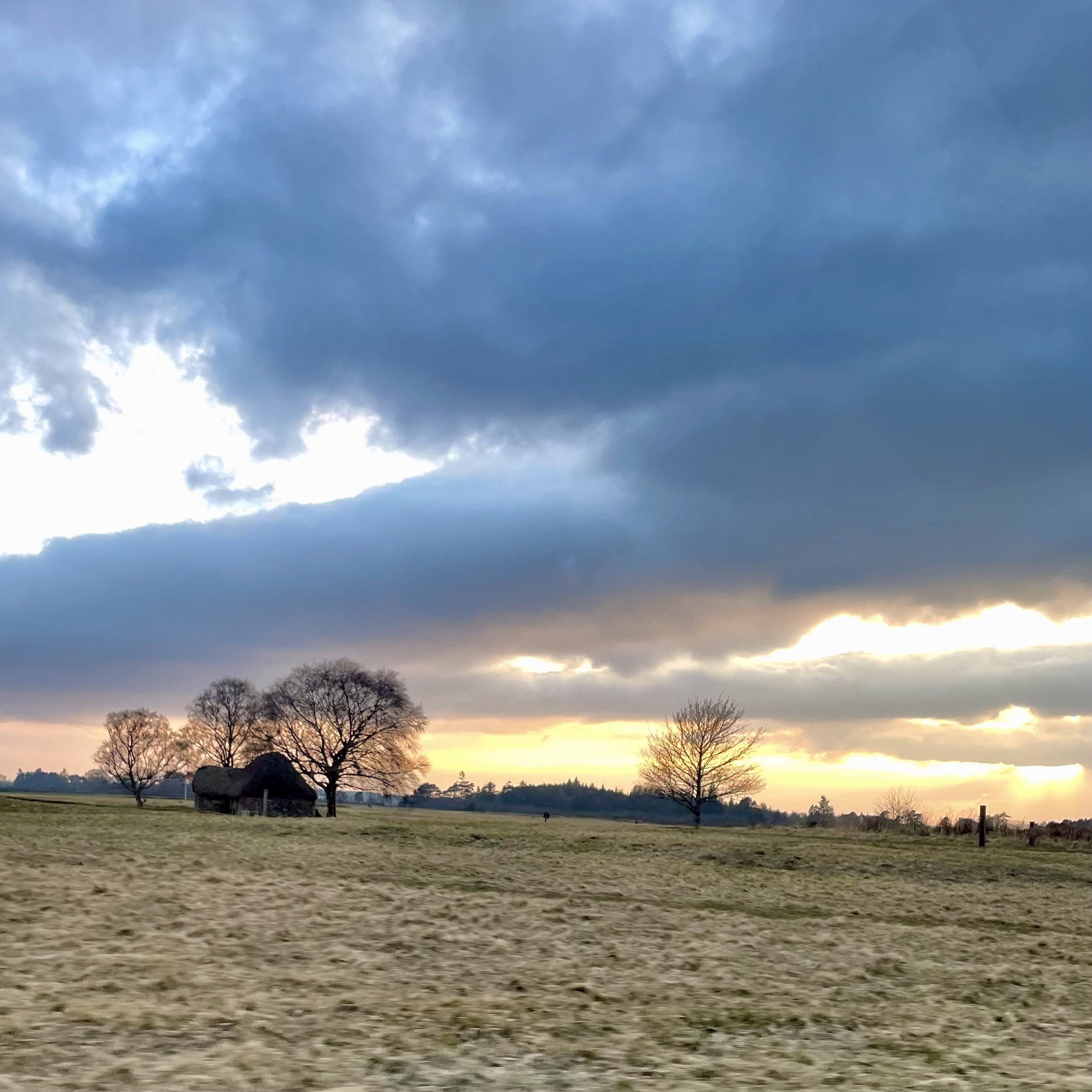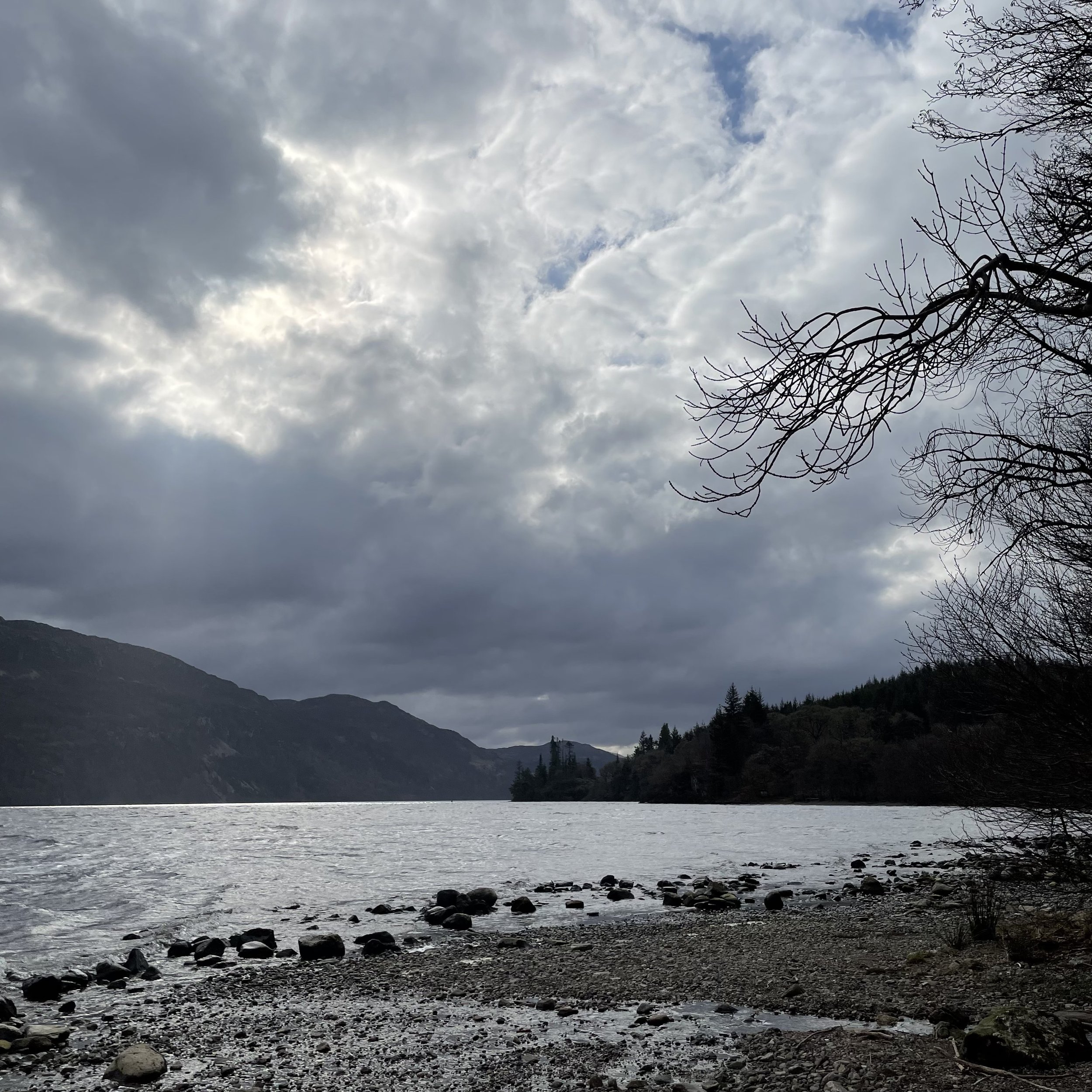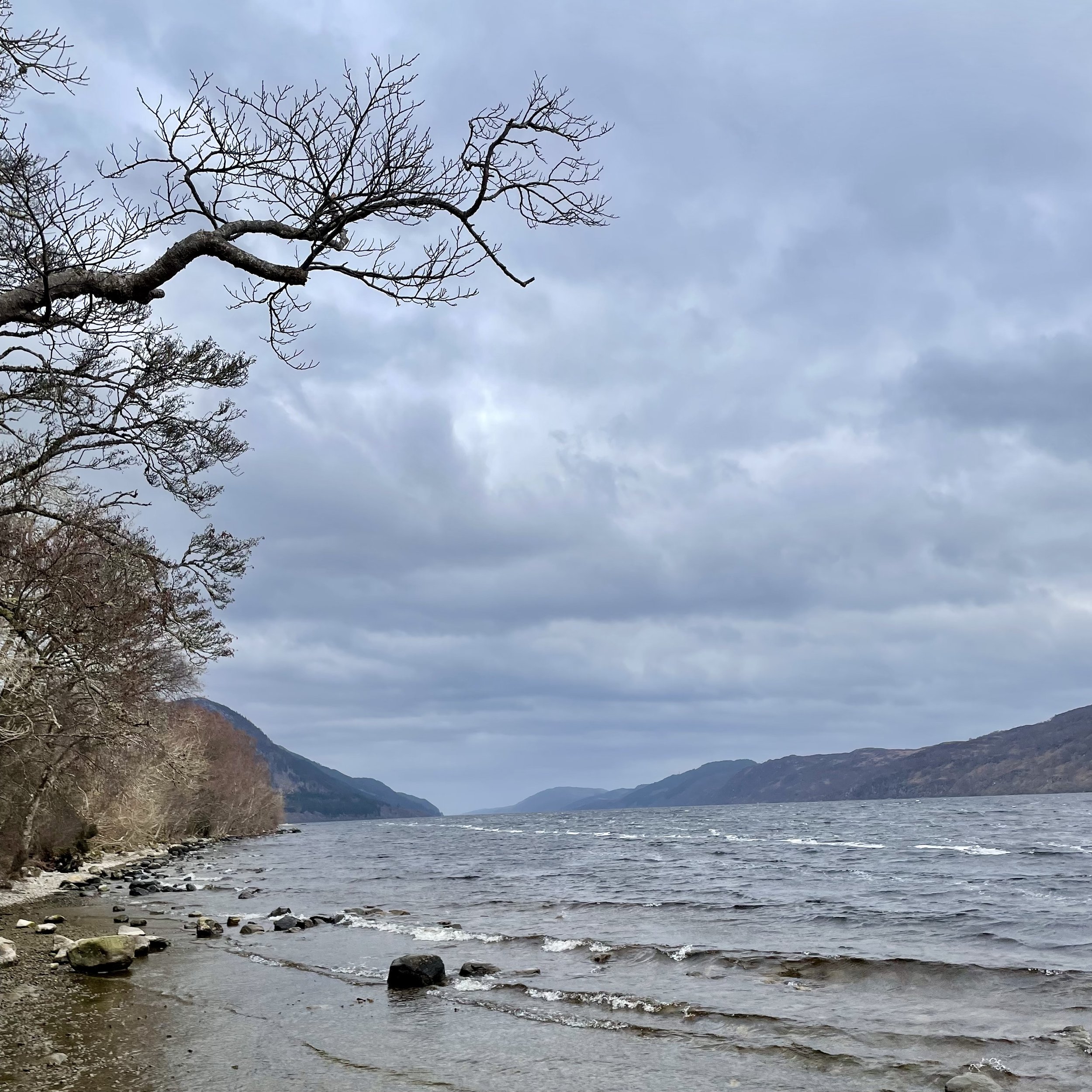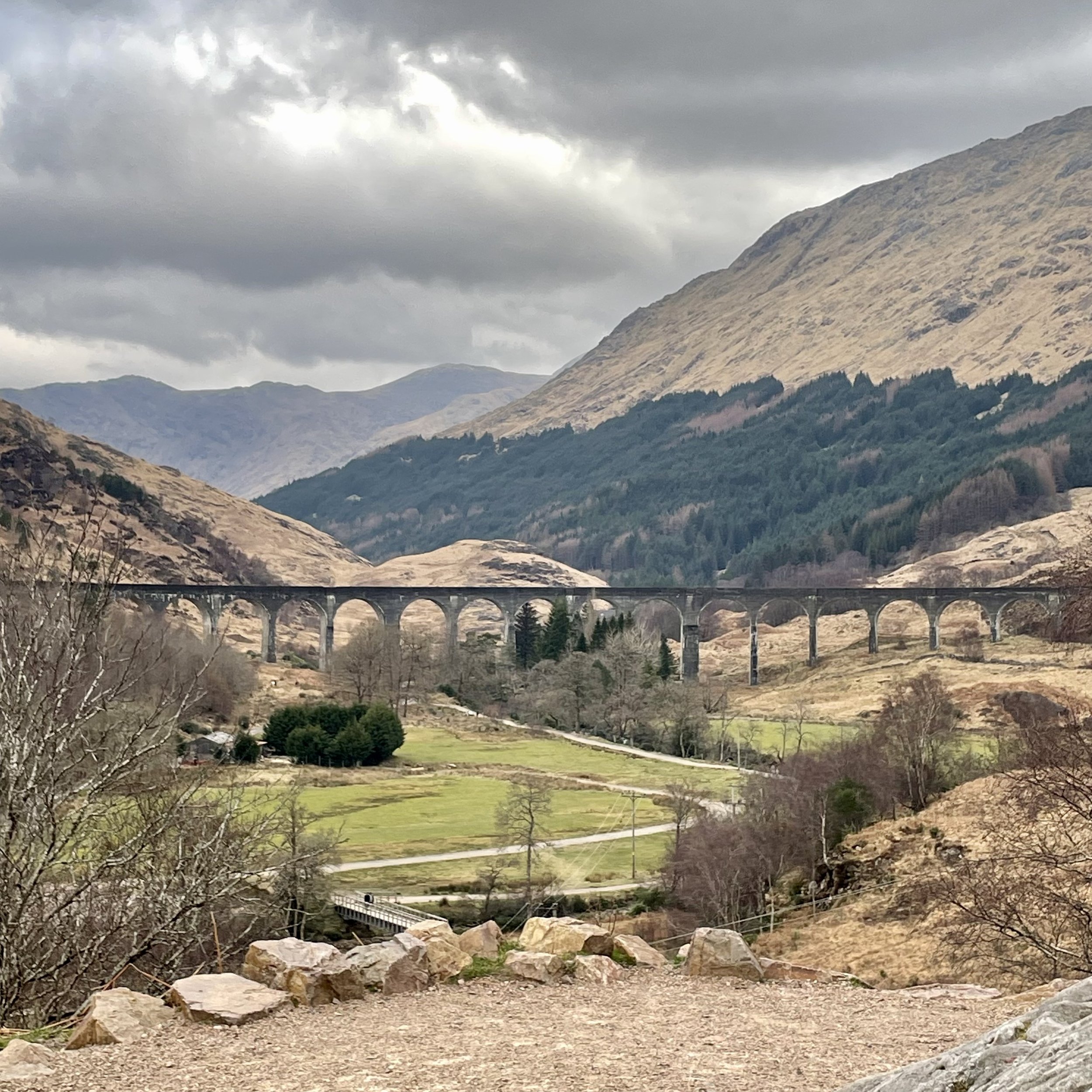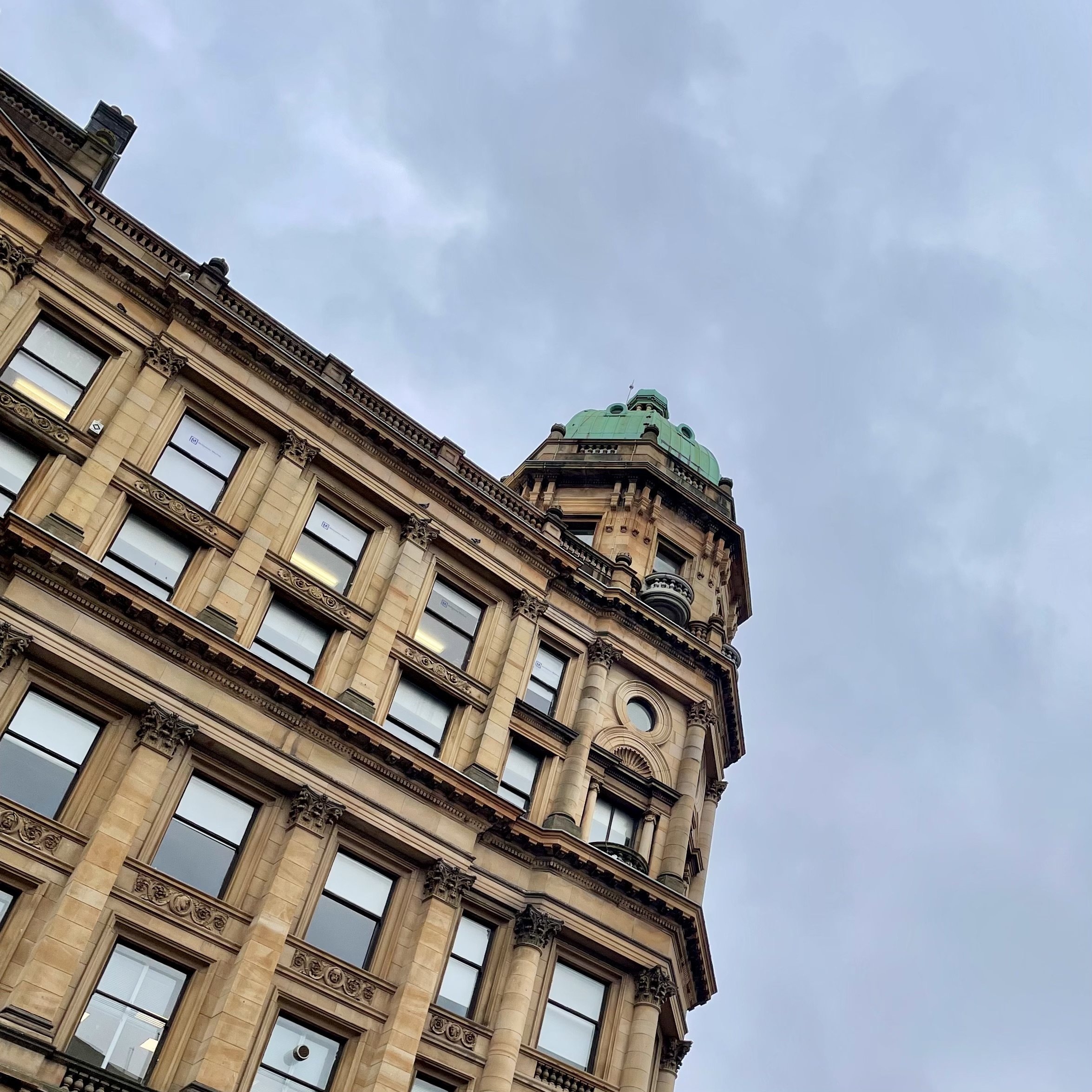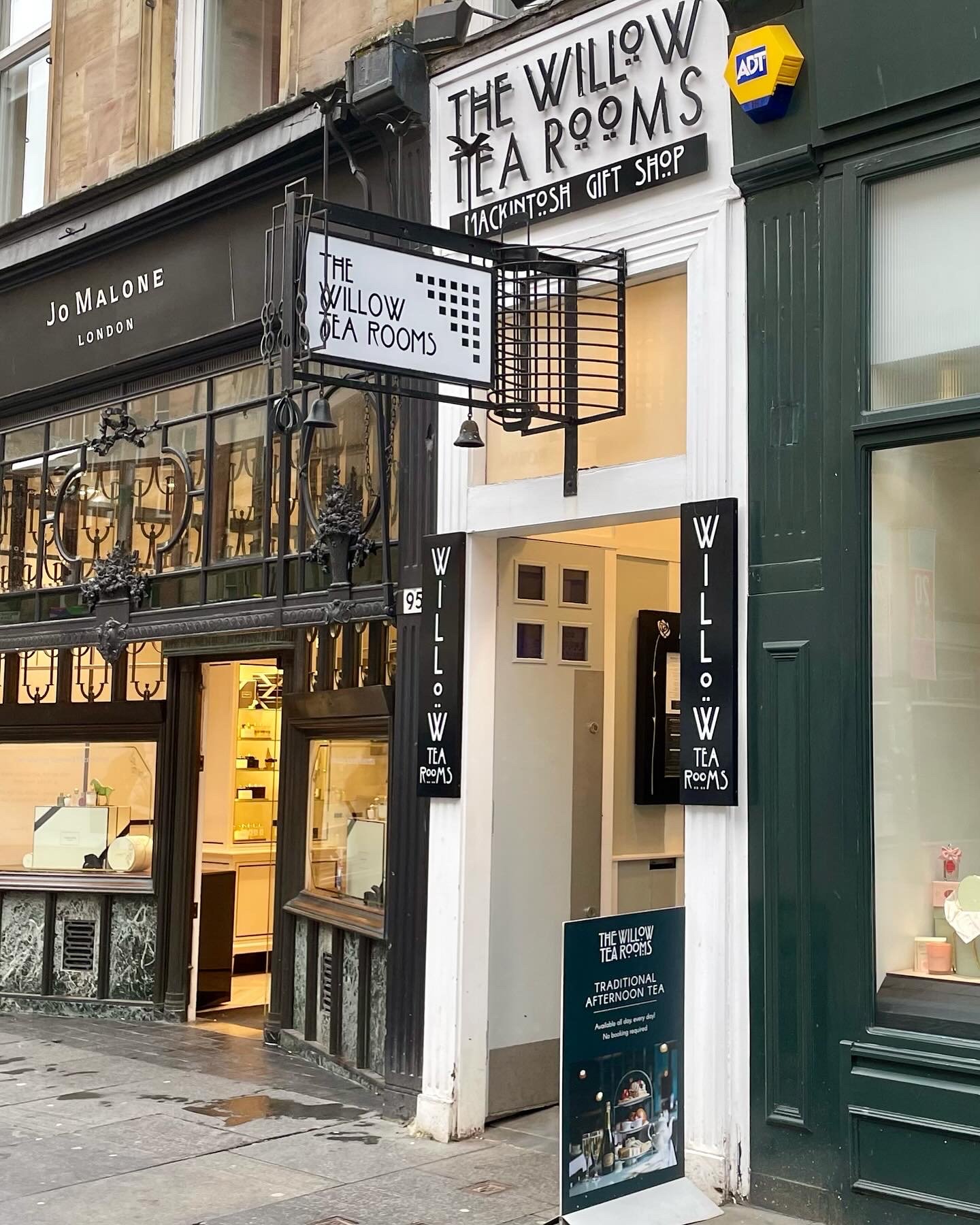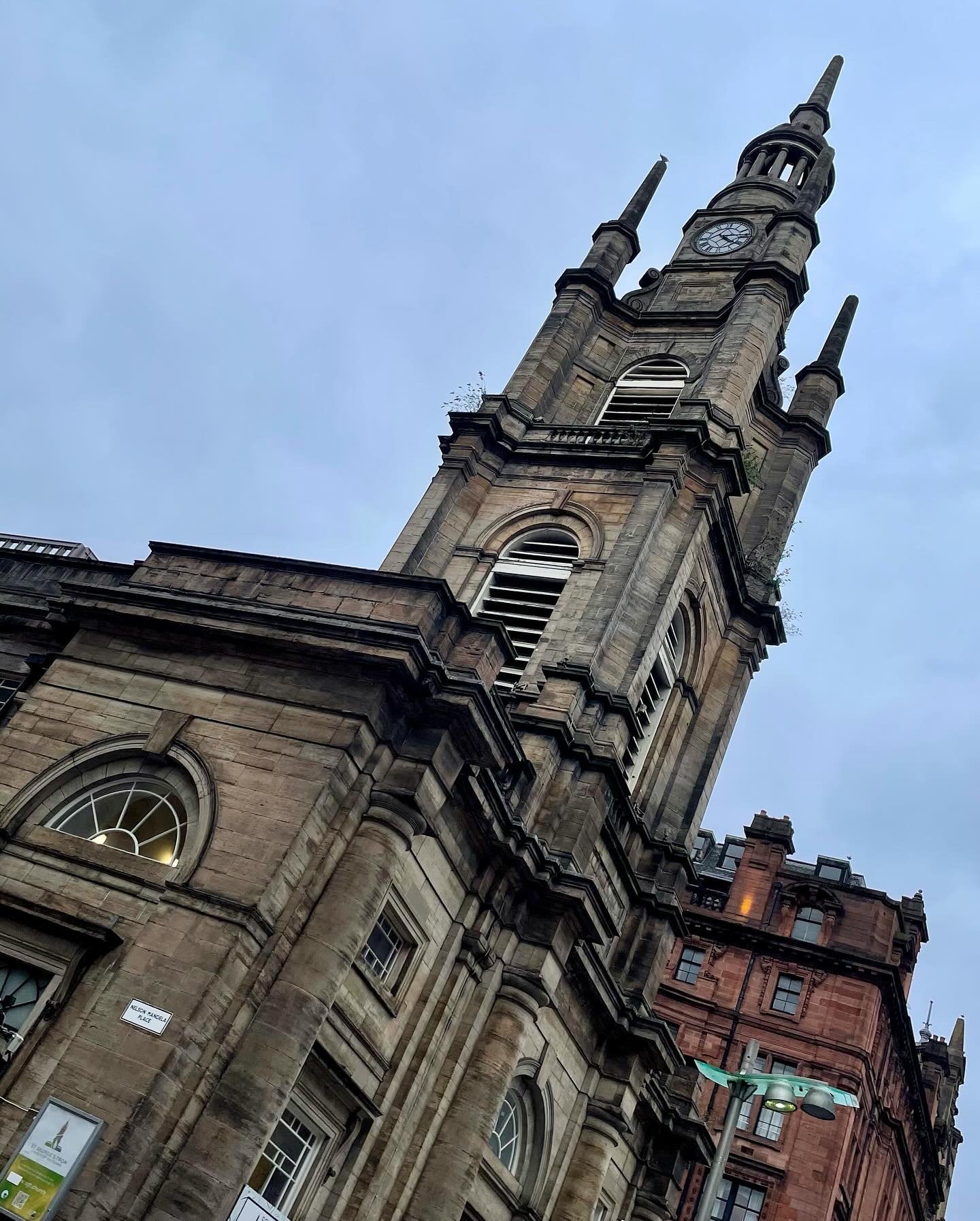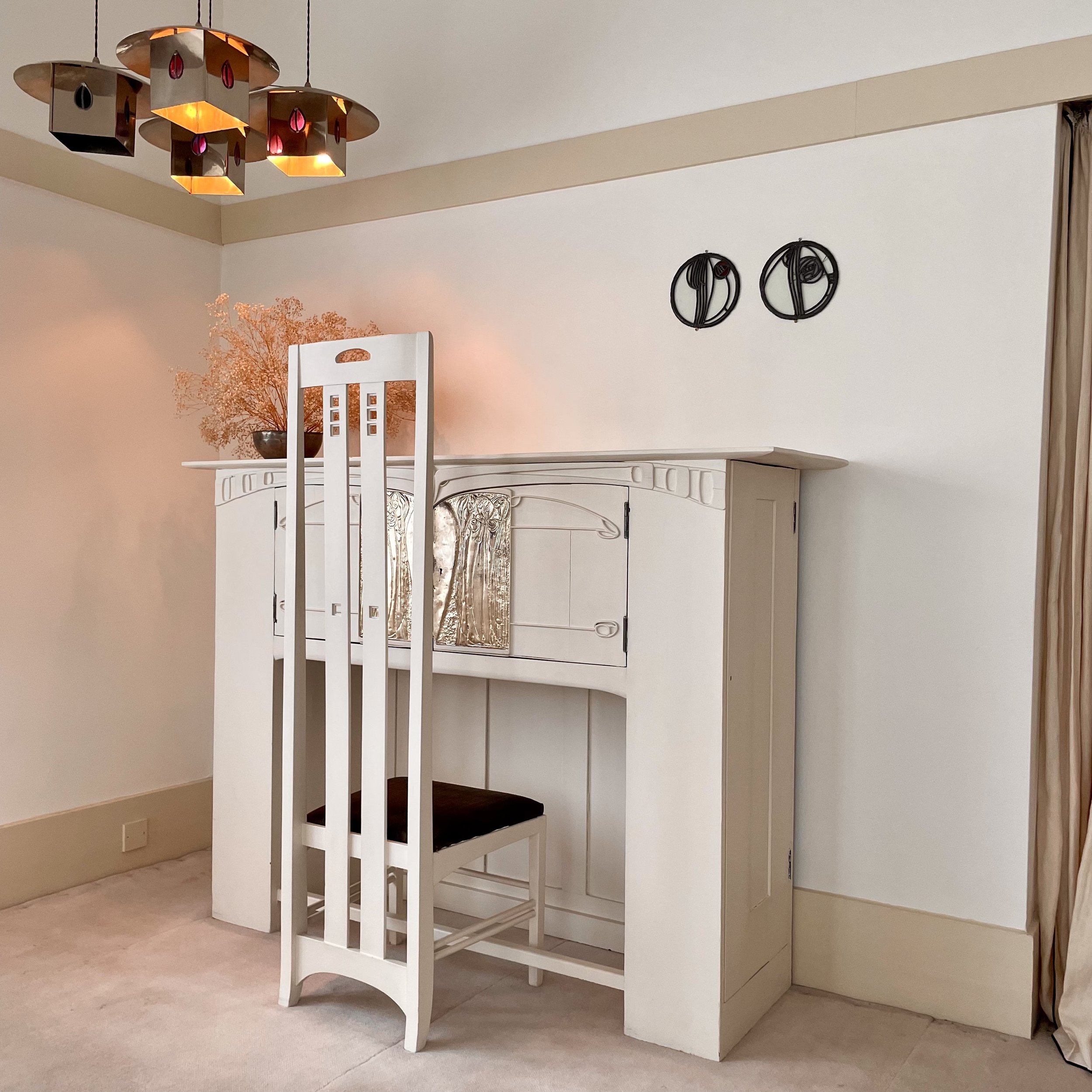Taking the high road in Scotland
Luceo non uro — I shine, not burn
McKenzie motto
My mother was always very proud of her half-Scots McKenzie ancestry, which renders me quarter-Scots. Although my maternal grandmother, Jennie McKenzie, was born in the Eastern Cape of South Africa, my mother maintained that her ancestors came from Alyth in Perthshire. A search on Family Tree shows me that the name of Jennie’s father was William Charles McKenzie, and he was, indeed, born in Scotland according to that record. But not in Alyth; rather, in Dundee, which is in the neighboring shire of Angus. Still, Dundee is less than twenty miles southeast of Alyth, which may be close enough for our ancestors to have been associated with both at different times.
The surname McKenzie is MacCoinneach in Scottish Gaelic, and means son of the fair bright one
Clan McKenzie crest
Image: Tomasz Steifer, Gdansk
Anyhow, when we visited Scotland this month, it was partly with a view to visiting my Scottish roots. I’d visited Scotland once before with my brother Peter when I was still an undergrad, and we also started our journey in Edinburgh. On that occasion, our visit coincided with one by the Royal family, for a reason I never quite got to the bottom of. But my journal entry from that Wednesday, 19th July recounts:
We stood in the drizzle about half an hour and then they all came by in carriages—the Queen in pink, Prince Philip in military uniform, and he looked straight at me. So did Charles, in uniform too. Then came Anne and the Queen Mother—both in blue. It was such a fluke—we were going to climb up Arthur’s Seat and were in two minds whether or not to stay, and then got right in front on the pavement. We couldn’t have been more than about four or five feet from the carriages.
The closest we got to royalty this time was peering through the gates of Holyrood Palace at one end of the Royal Mile in Edinburgh, and then stopping off at Balmoral Castle en route to Inverness. Neither palace nor castle had a flag flying to indicate royal occupancy, but instead a sad little droop of fabric that put me in mind of someone’s forgotten underwear.
The third pic, which looks like another castle, was in fact our hotel on Edinburgh’s Royal Mile.
Hiring a car in Edinburgh, we drove north over the Forth Bridge and up to the ancient village of Alyth to overnight in a converted shooting lodge with a two-story great room and a constantly burning peat fire. And, while I didn’t manage to trace my McKenzie ancestors in Alyth—being the off season, the Alyth Museum was closed—the six degrees of separation took the form of my recognizing the Ukrainian accent of the receptionist, which put me in mind of my Ukrainian twin protagonists in The Deceived Ones with publication just two months away.
Fortified by a luxurious sleep in a fourposter bed, we took our longest drive of the trip, up into the highlands as far as Inverness, climbing and climbing through the mists—Brigadoon anyone?!—and taking an early evening detour to Culloden, where you can sense the presence of the souls lost during the Jacobite battle of 1746. Once in Inverness, we took a chilly evening walk along the River Ness to an intimate restaurant recommended by our B&B host, and I was reminded for a moment of our last international trip—to Amsterdam.
Inverness was our northernmost point. The next stage of our journey had us following the River Ness to Loch Ness (don’t ask; I didn’t look) as we headed back south again. First stop along the loch was Urquart Castle for spectacular views—though windy and frigid!—up and down the Ness. Then another detour, this time to the west coast at Mallaig, where the ferry leaves for Skye, and we could look out across the sound to the Isle of Skye and the Hebrides. On our way to our digs in Fort William at the foot of Scotland’s tallest mountain, Ben Nevis, we walked up to the vantage point where you can see the Glenfinnan Viaduct, which apparently had a starring role in the Harry Potter movies.
The next loch we followed on our southbound journey was Loch Lomond, and the refrain from The Bonnie Banks o' Loch Lomond kept going through our minds.
O ye'll tak' the high road, and I'll tak' the low road,
And I'll be in Scotland afore ye,
But me and my true love will never meet again,
On the bonnie, bonnie banks o' Loch Lomond.
With Scotland’s biggest loch stretching out on my left as we journeyed south, I looked up the background of the song on my phone, and found out how terribly sad it is, again reflecting back to the 1740s Jacobite uprising. Many Scottish soldiers were imprisoned in England near the border of Scotland, and the story goes that one of these soldiers was to be executed, while his friend was to be set free. According to Celtic legend if someone dies in a foreign land, his spirit will travel to his homeland by "the low road," the route for the souls of the dead. In the song, the spirit of the dead soldier will arrive first, while the living soldier will take the "high road" over the mountains, to arrive later.
And so, we took the high road down to Glasgow, which neither of us had ever visited before, and which we found to be a gritty, glorious mix of Victorian architecture and the Art Nouveau style of the Glasgow School—famously Charles Rennie Mackintosh.
Since I am prone to doing things backwards, it was only when we returned from Scotland that I looked into the present-day McKenzie clan and found that the current chief lives at Castle Leod, way up north of Inverness. This means, of course, that I will have to go back! And I hope, before then, to have been able to dig up more information about William Charles McKenzie, and his origins in Dundee and/or Alyth.



